
Southport
Emotional moment as visitors look inside newly restored Marshside Fog Bell in Southport for first time
2 years ago
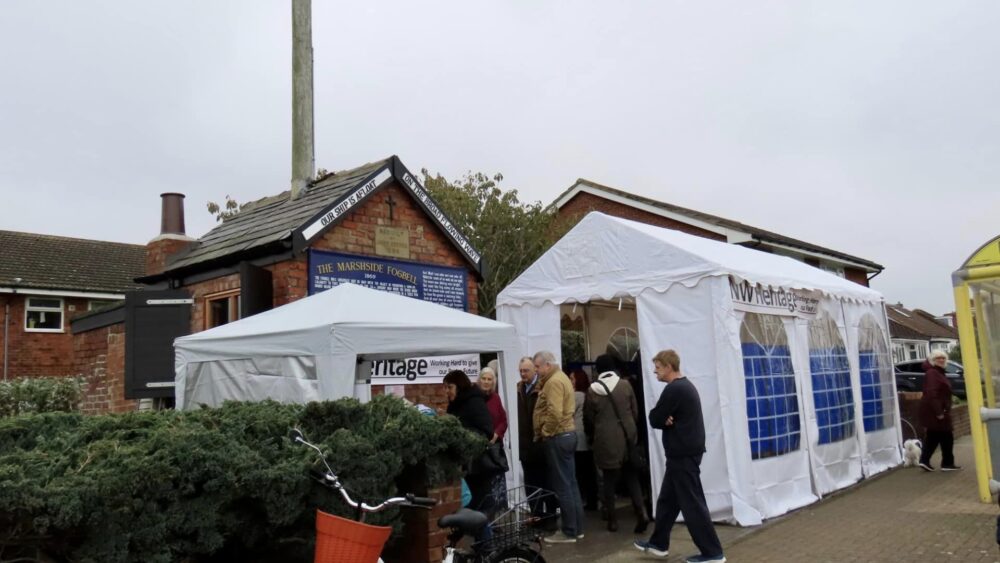
It was an emotional day when the newly restored Marshside Fog Bell building in Southport was opened to the public for the very first time.
It was a special day for local historian Gladys Armstrong, who has campaigned for over 30 years for the historic Marshside Fog Bell to be brought back to life as a micro museum.
It was a big day too for Martin Wright, whose Dad, John Wright, was the last person to ring the bell – in 1945 – to save the life of someone out along the coast.
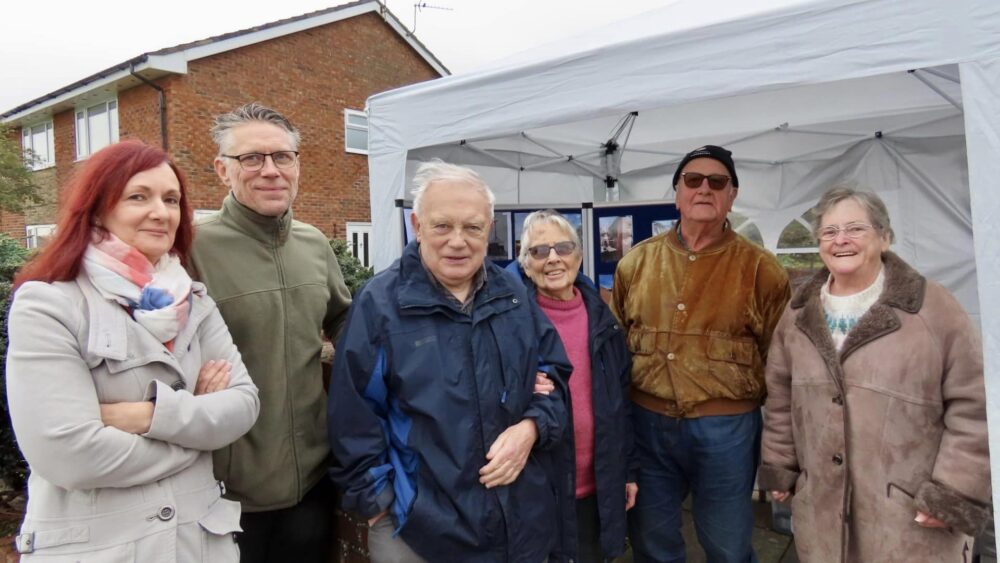
John sadly died earlier this year, aged 92, and the bell was repaired at speed so it could be rung as his funeral procession went past. Members of Southport Lifeboat were among those standing outside paying their tributes.
The pain-staking work to conserve the site has been carried out over the past few months by Paul Sherman of NW Heritage, which has also installed the new fountains at the Botanic Gardens in Churchtown.
He has managed to source some funding support from English Heritage to create a small heritage centre next to the building, which includes lots of fascinating old pictures, stories of life along the coast, and work carried out by local schoolchildren.
Paul’s work on the main building has been funded through the generosity of public donations, with people invited to donate to his cause through the Marshside Fog Bell GoFundMe page.
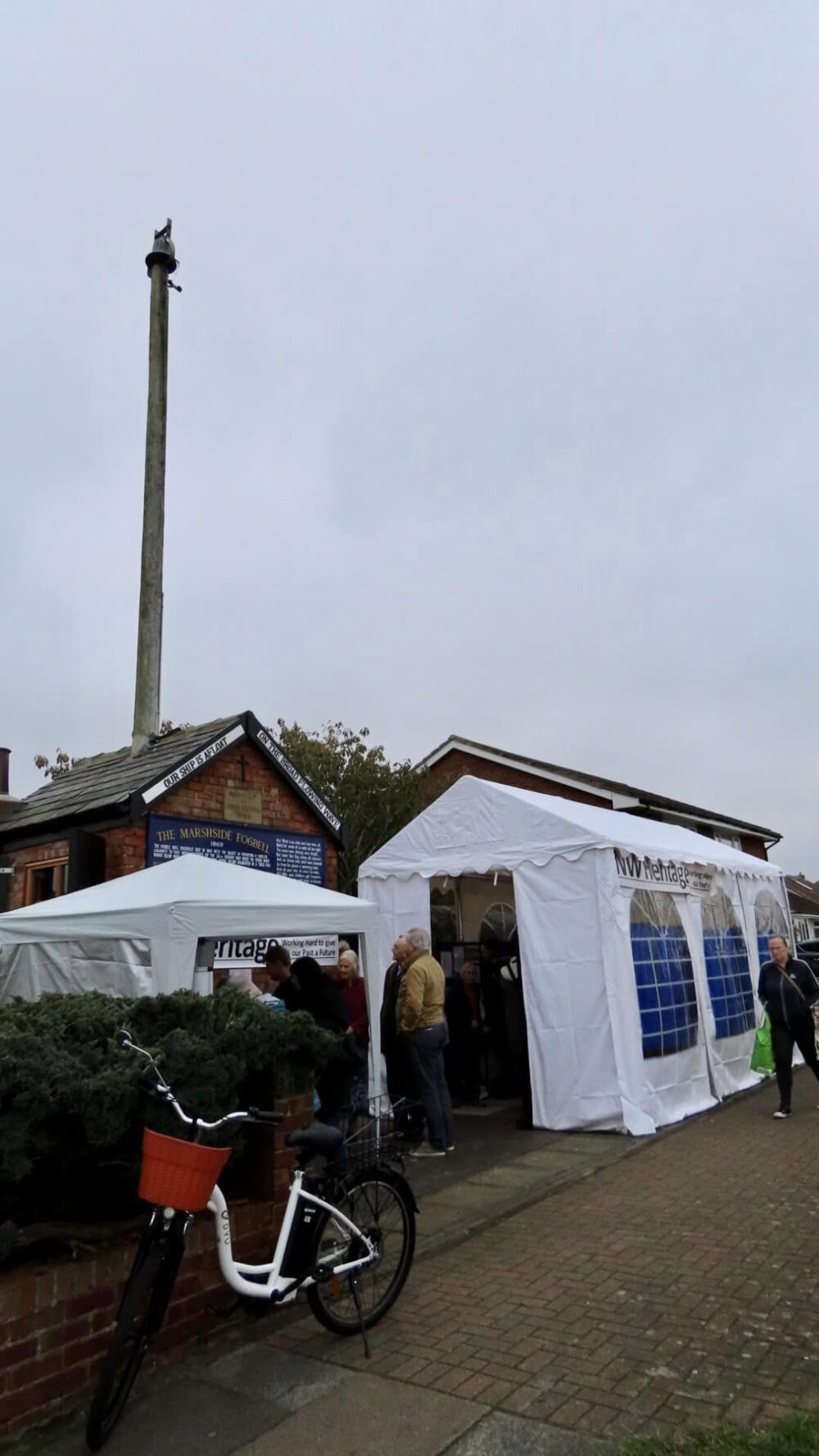
The new signage he has installed on the front of the fog bell bears the name of the seven local fishermen who lost their lives when heavy fog fell as they were out shrimping on 26th January 1869.
The men became disoriented and couldn’t find their way back to the safety of the shore.
The fog bell was built to ensure that a similar tragedy did not happen off the coast of Southport again.
Peter Aughton (53), William Hesketh (39), John Rimmer (43), John Wright (18), Peter Wright (18), Robert Wright (41), Peter Wright (20) all perished.
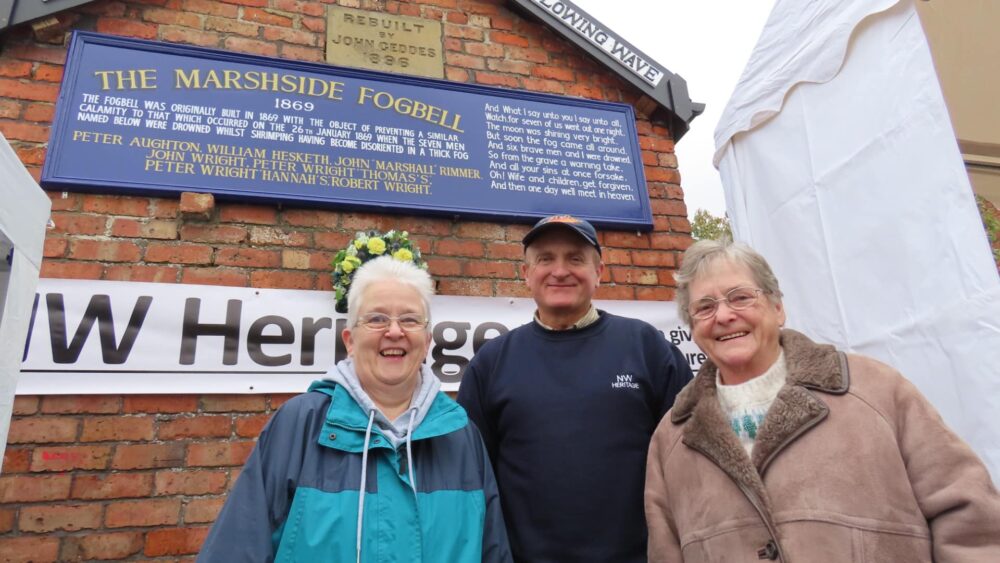
The shrimpers were buried at St Cuthbert’s Church in nearby Churchtown.
As a result of the disaster, a wooden fog bell building was erected on the shore to prevent a similar catastrophe occurring.
In 1896 a more substantial brick building for the fog bell was constructed on its present site.
Martin Wright has another connection to the fog bell – his great great grandfather, John Wright, was among the seven men who perished in 1869. His relative was a teenager at just 18 years of age when he died.
Speaking at the Open Day which celebrated the first chance for people to look inside the building, Martin Wright said:
“I would just like to say that we’re forever grateful to Paul and the team of NW Heritage for pulling out all the stops and getting the fog bell working at very short notice so that it could be rung on the day of my Dad’s funeral.
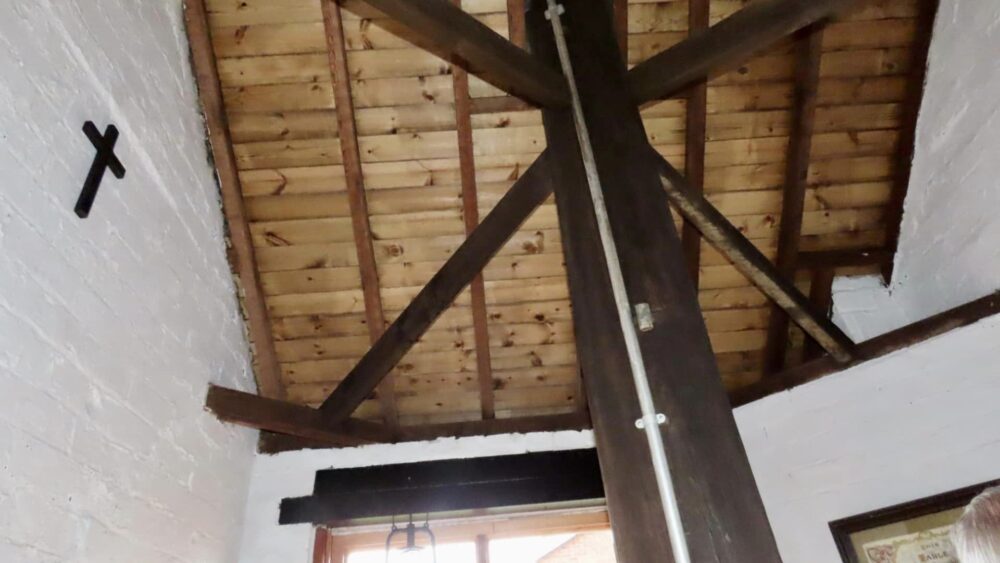
“It was a tremendous thing to do. Thank you very much.
“I think we can all agree that Paul and his team have done a fantastic job in restoring the fog bell, including the excellent signs and the new door, the new roof, the new windows.
“And finally we are so appreciative that Paul has included on the signage my Dad’s favourite line from the Methodist Hymn The Teetotal Ship: ‘Our ship is afloat on the broad flowing wave’.
“I am sure my Dad is looking down with a tear in his eye.
“I think Gladys and I would like to declare the Marshside Fog Bell open.”
The sign also includes the moving poem:
‘And what I say unto you I say unto all,
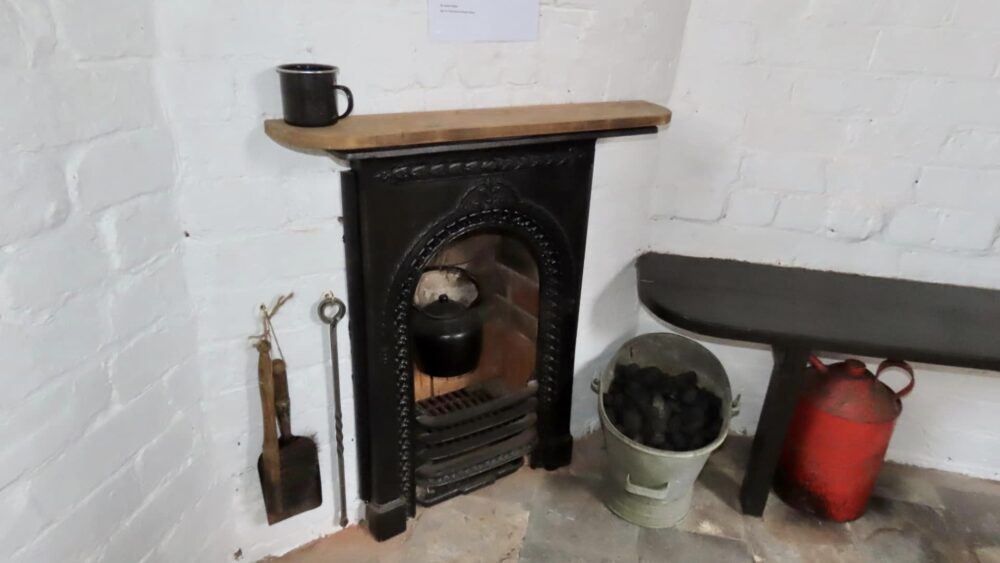
‘Watch for seven of us went out one night,
‘The moon was shining very bright,
‘Bu soon the fog came all around,
‘And six brave men and I were drowned,
‘So from the grave a warning take,
‘And all your sins at once forsake,
‘Oh! Wife and children, get forgiven,
‘And then one day we’ll meet in Heaven’.
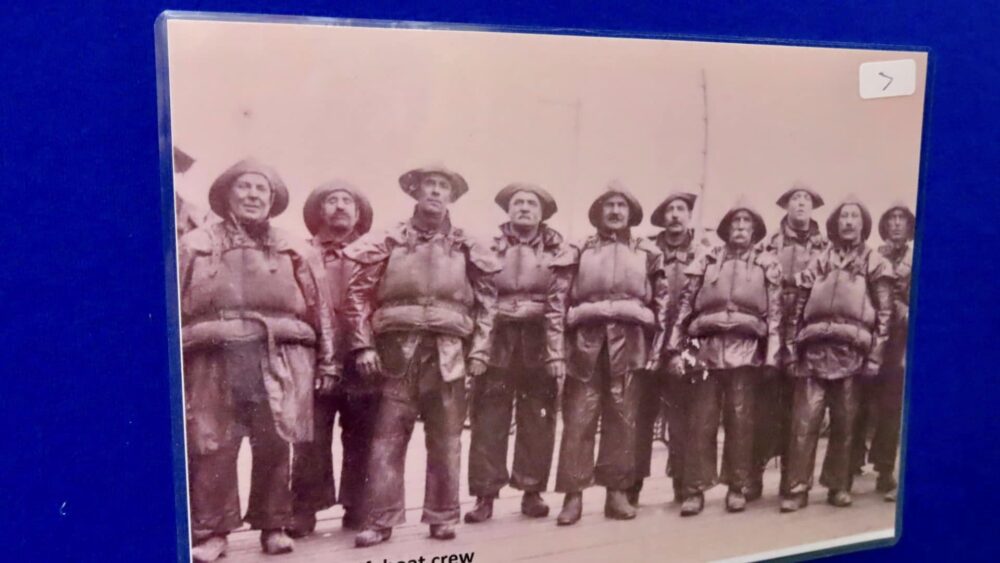
Gladys Armstrong was very emotional as she walked into the Marshside Fog Bell building afer campaigning for it to be saved for the past 30 years.
She told Paul Sherman that it was her dying wish to see it conserved.
Gladys said at the Open Day: “I think it’s wonderful – it’s absolutely amazing!
“The emotion is because my predecessors used this building on a regular basis.
“And to be back here after so many years is just incredible.
“I can’t thank Paul enough.

“It is an extra special day today. We are so lucky to have people like Paul and his crew doing things like this.
“I would encourage people to come and not just see it but also to understand why it’s here and what its purpose is going to be now.”
Paul Sherman said:
“This has been a long time coming but it has been worth it.
“There is still a long way to go yet! There is a lot more to do.
“But at least people can come and see what their donations have been spent on.
“We still need more donations to carry on our work.
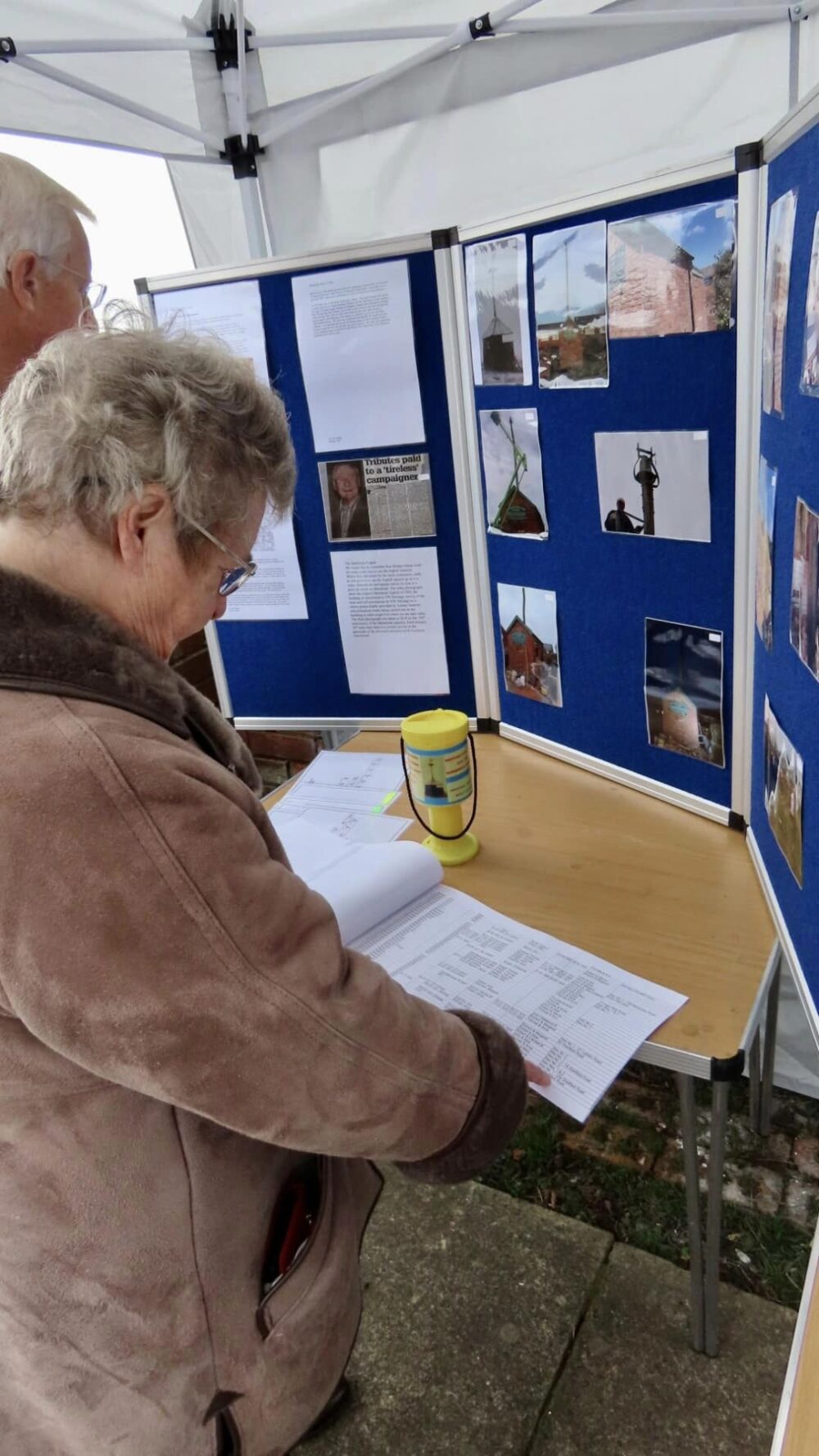
“This is where we are up to now and we are really pleased with it.
“People can help by making donations on our GoFundMe page or they can contact us directly and can make a donation directly to the bank.
“If they’d like to contact us via Facebook we can help them to make a donation online.”
The Marshside Fog Bell has stood on Marshside Road in Marshside in Southport since 1876, with the aim of ensuring people fishing at sea stay safe.
Nearly £2,000 has been raised to help bring it back to life as a micro museum dedicated to saving lives at sea.
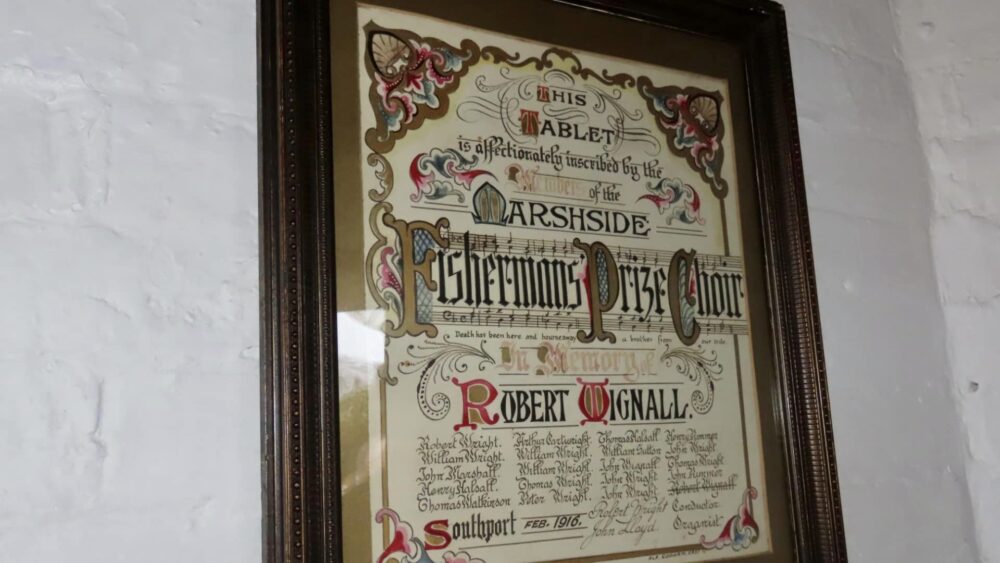
The building work is being led by Paul Sherman and the team at the NW Heritage CIC.
He is being supported by local roofer David Rawsthorne and local historian and builder David Walshe among others.
They are grateful for any support which makes the project possible.
Paul Sherman said:
“Today, the Marshside Fog Bell stands as both a memorial to those seven men lost at sea 154 years ago and also as a reminder of the perils of our coastline.”
“In 1869, following the tragic loss of seven shrimpers in fog, the community needed a fog bell to help guide the fisherman back to safety. Just over 150 years later, the fog bell needs the community!
“Having negotiated the transfer of this iconic piece of local history, funds are desperately needed to carry out restoration work and open it up to the public as a community heritage asset.
“It is intended that the building will be a micro museum themed around the history of saving lives along our coast as well as Southport’s rich fishing heritage.”





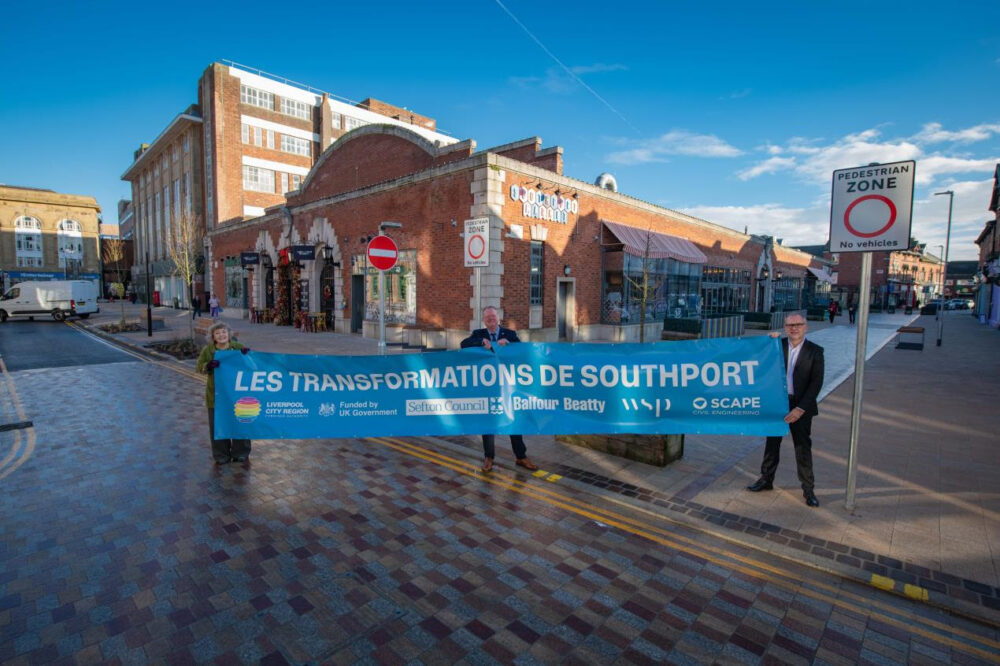
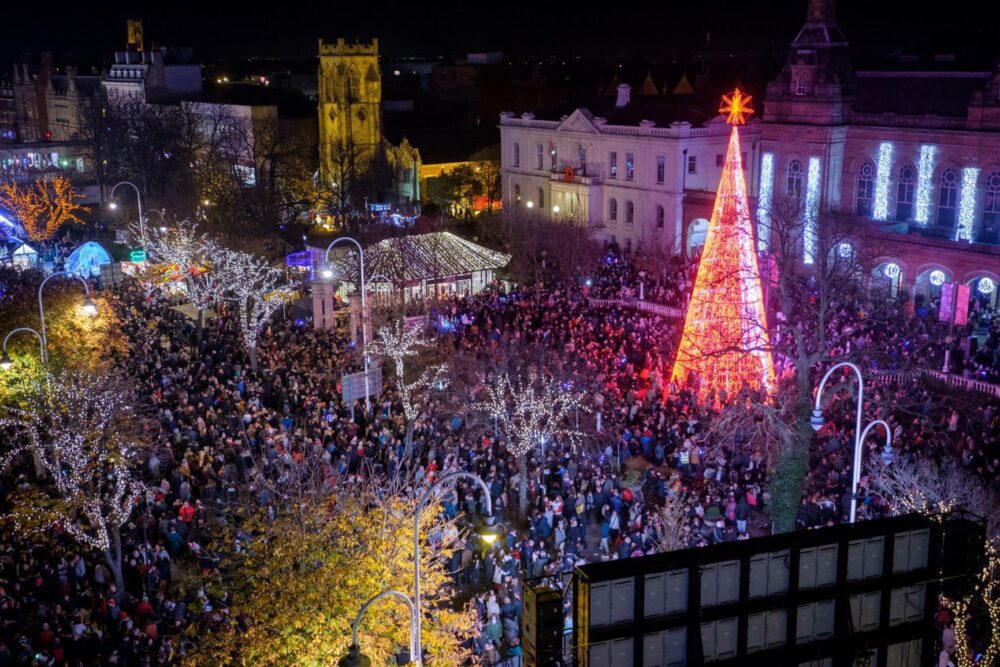


 Subscribe
Subscribe Follow Us
Follow Us Follow Us
Follow Us Follow Us
Follow Us Follow Us
Follow Us Follow Us
Follow Us











